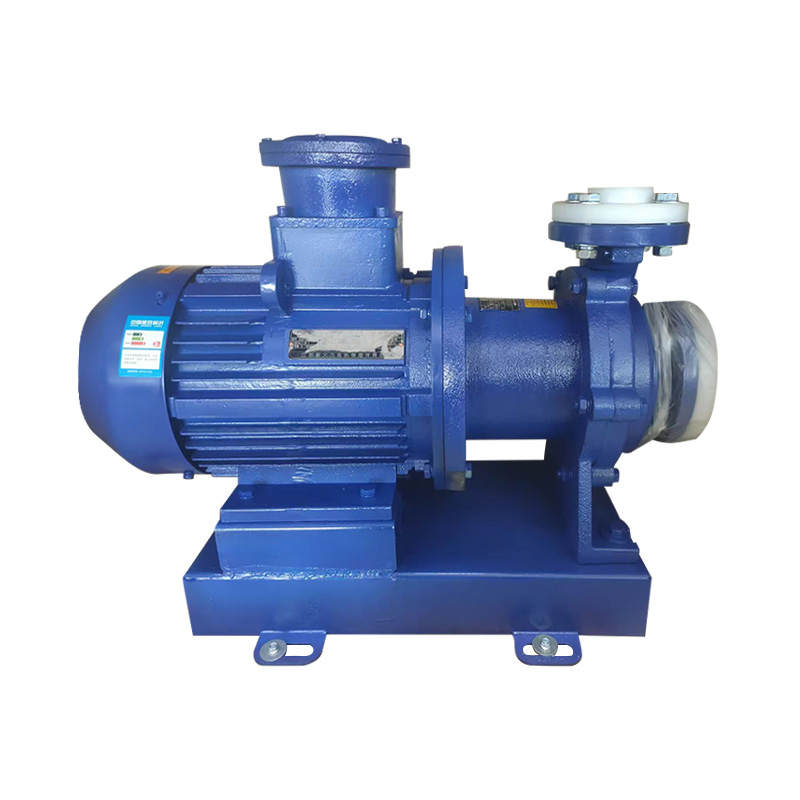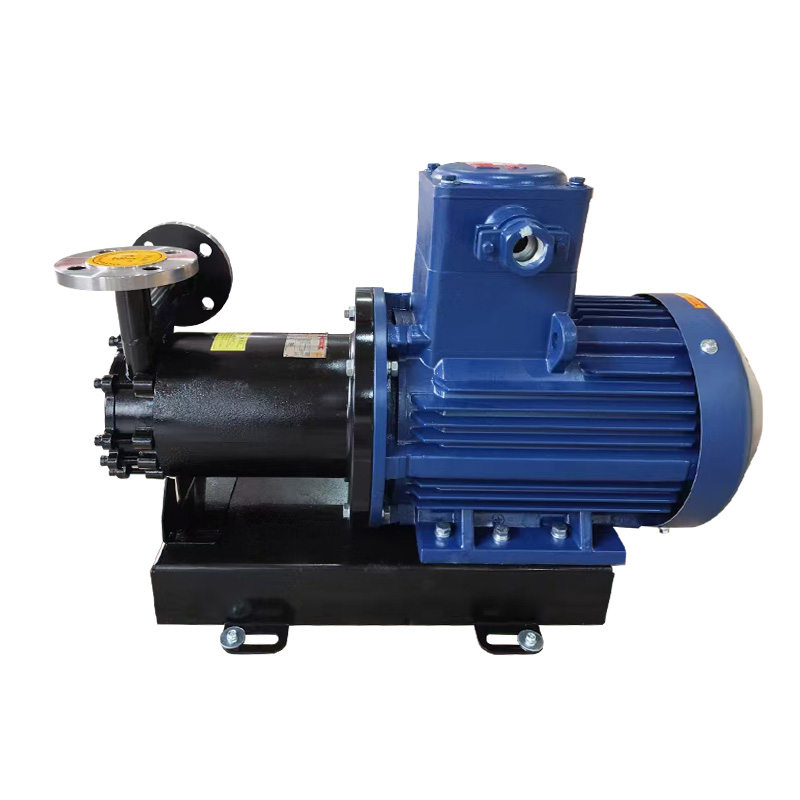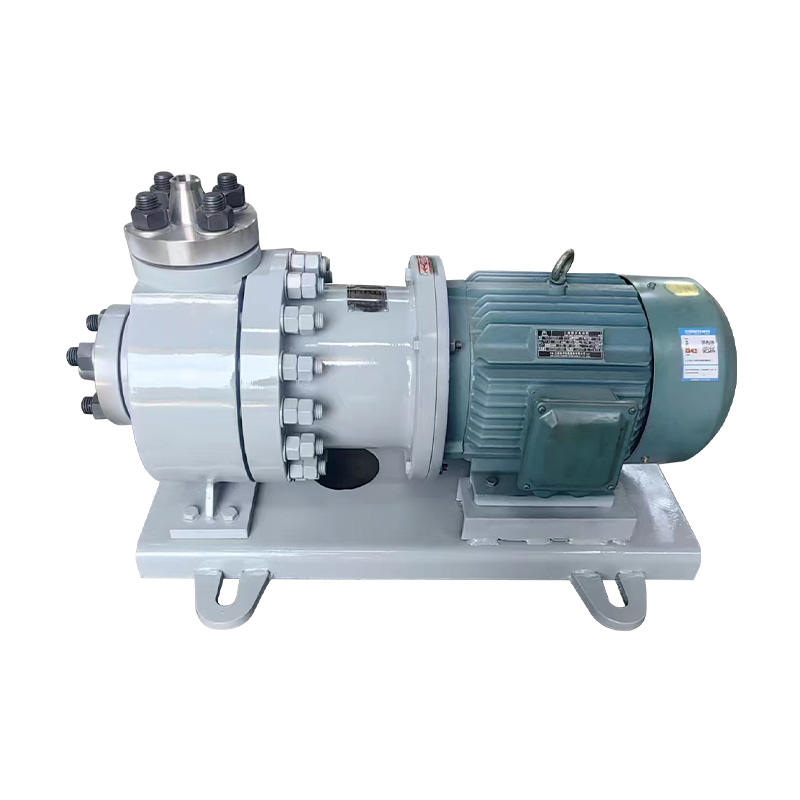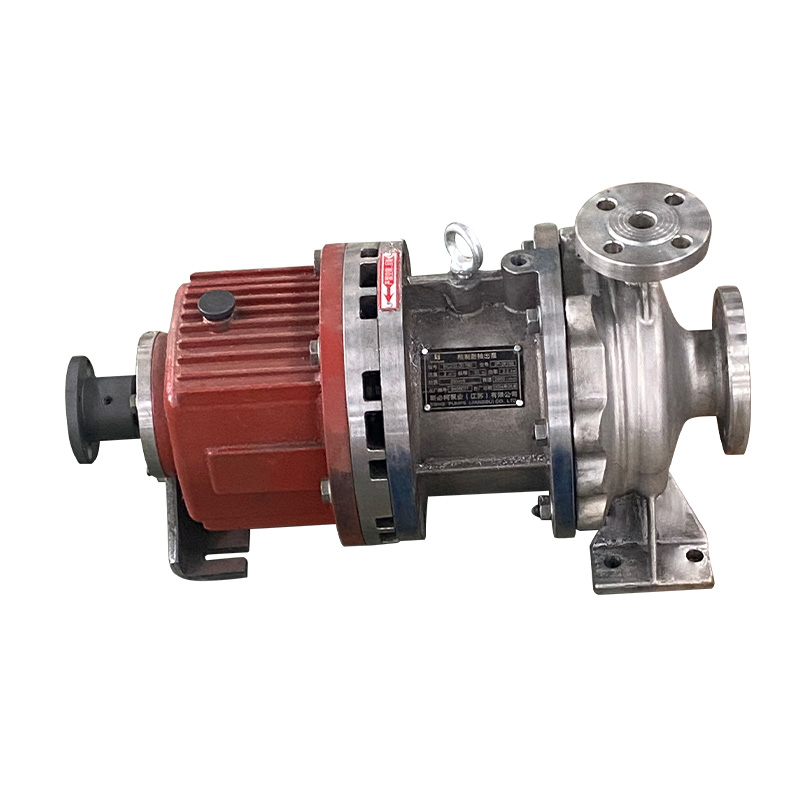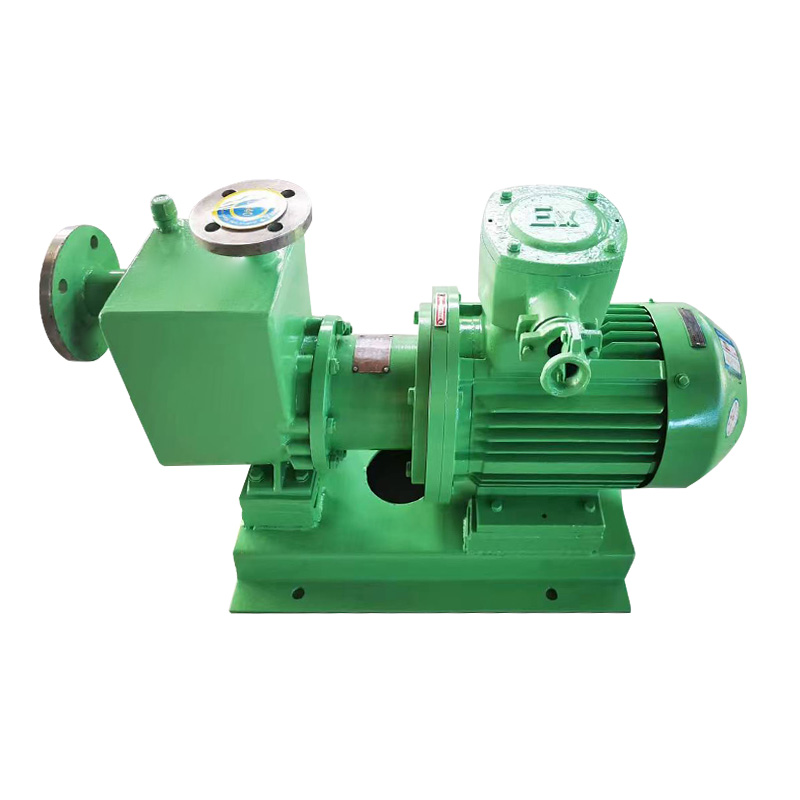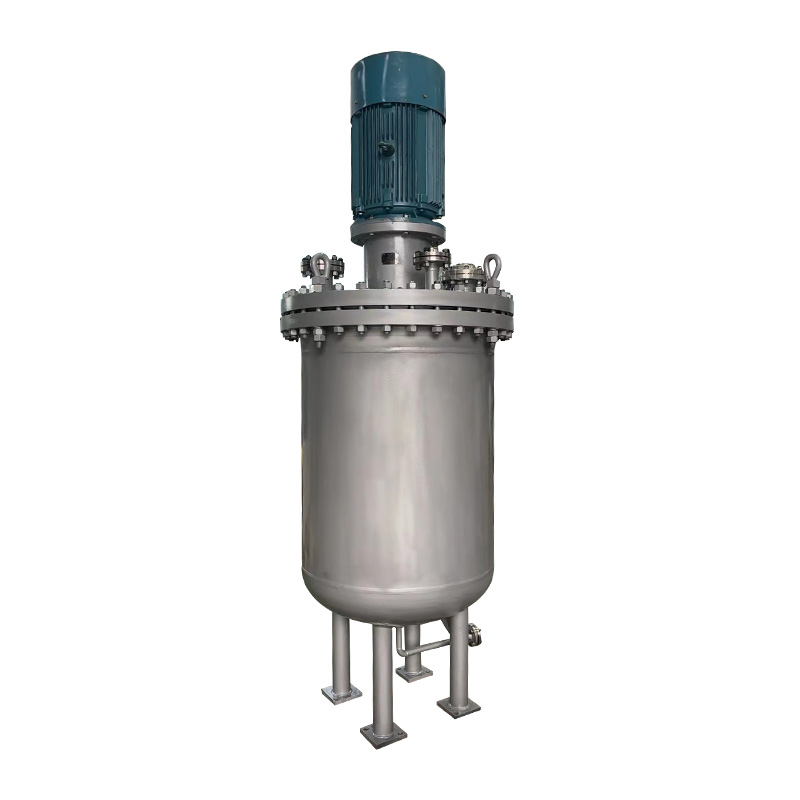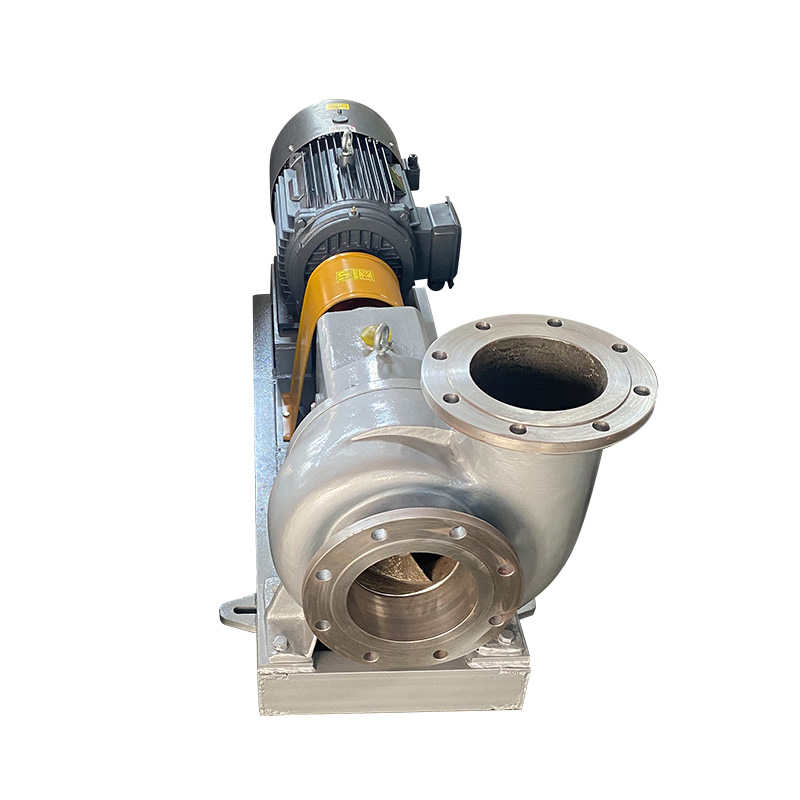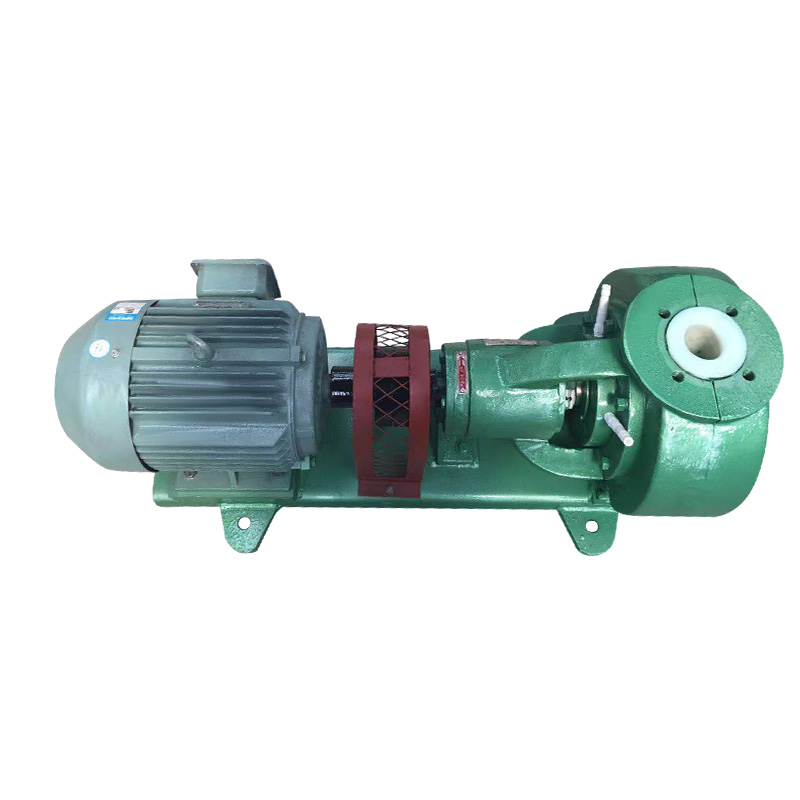1. Industrial Corrosive Media: The Hidden Threat to Traditional Pumps
1.1 Diverse and Aggressive Corrosive Environments
Industrial sectors such as chemical manufacturing, electroplating, and metallurgy routinely handle highly corrosive media including strong acids (like concentrated sulfuric and nitric acid) and strong alkalis (such as sodium hydroxide and potassium hydroxide). These substances aggressively attack metal surfaces, accelerating degradation and structural damage.
1.2 Vulnerability of Conventional Pump Materials
Traditional pump bodies are predominantly constructed from ordinary metals that are chemically reactive with corrosive media. This reaction leads to surface corrosion, peeling, and deterioration that compromises the pump’s mechanical integrity and sealing components, causing leaks and reduced operational performance.
1.3 Economic Impact of Corrosion on Industrial Operations
As corrosion worsens, pumps lose efficiency, failing to meet necessary flow and pressure requirements, necessitating frequent repairs or replacements. This results in increased downtime and significant economic burdens for enterprises due to maintenance costs and disrupted production.
2. Leak Free Pump: Advanced Materials Building a Robust Corrosion Shield
2.1 Stainless Steel: Durable Oxide Layer for Long-Lasting Protection
Leak Free Pump employs high-grade stainless steels such as 304 and 316, enriched with chromium and nickel, which form dense, stable oxide films on their surfaces. These invisible barriers resist aggressive oxidizers and corrosive agents, drastically slowing the metal corrosion rate even under harsh chemical exposure.
2.2 Engineering Plastics: Lightweight Yet Exceptionally Resistant
Key components of Leak Free Pump use engineering plastics like PTFE, PP, and PVDF, which exhibit remarkable resistance to nearly all chemical agents, including strong acids, alkalis, and oxidants. These plastics offer weight reduction, enhanced durability, and sustained stability, ensuring stable pump operation in extreme environments.
2.3 Fluoroplastics: The Ultimate Barrier in Extreme Conditions
Fluoroplastics stand out for their ultra-low surface energy and chemical inertness, minimizing liquid adhesion and reducing corrosion risk. Their excellent thermal and chemical stability enables Leak Free Pump to safely handle highly aggressive media such as hydrofluoric acid and aqua regia, guaranteeing reliability in the toughest industrial scenarios.
3. Scientific Design Innovations: Enhancing Corrosion Resistance Beyond Materials
3.1 Integrated Pump Body for Reduced Corrosion Hotspots
Leak Free Pump utilizes an integrated molding design to minimize connection joints where corrosive liquids tend to accumulate and cause localized damage. This approach results in a smoother, flatter pump surface, reducing corrosive media adherence and significantly lowering corrosion risks.
3.2 Streamlined Flow Channels to Minimize Liquid Retention
The pump’s internal flow channels are optimized with streamlined structures that facilitate smooth fluid passage. This reduces liquid retention time inside the pump, limiting exposure to corrosive substances and further enhancing durability and operational efficiency.
3.3 Leak-Free Sealing Technology for Maximum Reliability
Replacing traditional mechanical seals, Leak Free Pump incorporates advanced sealing solutions such as magnetic drive seals and shield seals. Magnetic drives transmit torque magnetically, isolating moving parts from the corrosive medium entirely, preventing seal corrosion and eliminating leakage, thereby greatly improving pump longevity and performance.



 English
English русский
русский Español
Español


